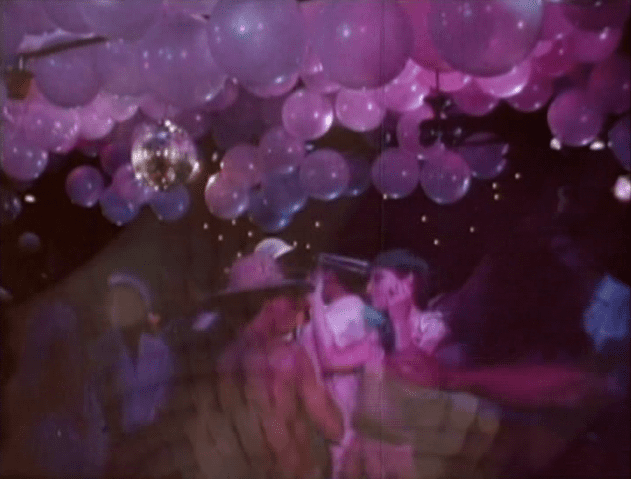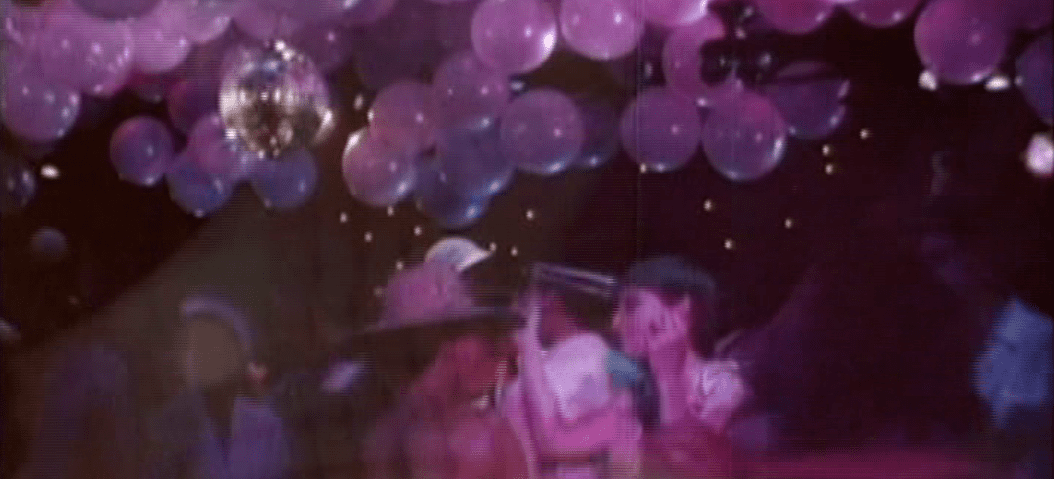Nicky Siano’s movie about The Gallery is a poignant documentary on one of the most important eras in dance music history.

The Gallery, 1977
A couple of hours after I sat down to watch Love Is The Message I heard the news that Frankie Knuckles had passed away. My overall impression of the film remained the same, but the review immediately took on a much more poignant context. Here’s a movie which looks back at the period between 1972 and 1977 during which Nicky Siano ran The Gallery in two downtown Manhattan locations; a movie which begins with a series of talking head interviews in which Siano, Knuckles and David Mancuso explain the significance of the club and the New York scene it was part of.
There are two distinct stories here: one about music and one about American society in the 1970s, the conditions which helped to create disco. The latter is represented by the interviews, which form the first 18 minutes of the film and in which the roots of the disco scene are framed against a backdrop of the Stonewall riots, the civil rights movement and Vietnam war protests. The story of the music – and of the club itself – is told in the remainder of the movie’s 66-minute running time, constructed in occasionally idiosyncratic style by Siano using archive footage filmed at The Gallery between 1976 and 77.
It’s a significant insight into a massively important moment in dance music history. We see behind the scenes as the venue is prepared and regulars begin to arrive. Balloons are inflated, snacks laid out, membership cards checked on the door. We hear the lengthy list of rules and regulations. “Liquor and drugs are not permitted on the premises. Anyone who is noticeably under the influence will be asked to leave… or just sit down for a while, honey.”
It’s striking how much The Gallery represents a form of relief from normal life for its regulars. As one guest explains: “I teach school all week and my only outlet is to come to The Gallery on Saturday nights… I come, I trip and I stay all night. I always stay to the end. In fact, I go out with the garbage in the morning.” It adds to the impression of a scene based on escapism – on music, fashion, dancing, drugs and togetherness
as an alternative to whatever issues existed outside the doors of the club. Siano, Mancuso and Knuckles all describe it as a spiritual experience, a sense of unity bordering on a religious sensation, tied together by music. “At that particular time, that room was so tight,” Knuckles recalls, “and once you had people in it that sound system really sang. It just wrapped itself around people. I used to love Mother’s Day, when [Nicky] would put on [The Intruders’] ‘I’ll Always Love My Mama’ and stuff like that. Everybody would just go nuts because it would completely engulf you.”
Anyone who is noticeably under the influence will be asked to leave… or just sit down for a while, honey.
Love Is The Message
isn’t a definitive history of New York disco culture; it only offers a window into the personalities of three iconic DJs and tells a small but important part of the story of The Gallery and the music of the era. This is a story which has been well documented elsewhere, but the archive footage means it offers unique insight (the DVD extras also feature a fascinating half-hour discussion between Mancuso and Siano). In the wake of Frankie’s death, Love Is The Message comes as a timely reminder of the importance of documenting the history of this incredible culture. Siano’s film is a labour of love, a personal account of an era that helped to define club culture.
